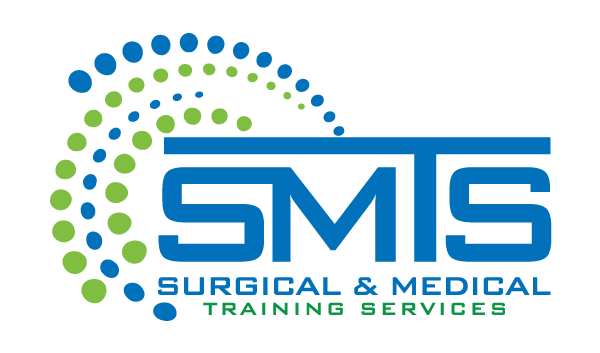Cadaver research plays a valuable role in the training of medical professionals who specialize in cosmetic procedures like Botox, Juvéderm and other types of injections. As I will explain it to you in simple terms.
1. What is cadaver research?
Cadaver research involves studying human bodies after death to understand the structure, anatomy, and physiology of various body parts. It provides a realistic representation of human anatomy, which is crucial for training healthcare professionals.
2. How is cadaver research used in Botox aesthetics injection training?
In the context of Botox aesthetics injection training, cadaver research allows medical professionals to observe and practice injection techniques on human tissue. They can study the facial muscles, nerves, and blood vessels by dissecting cadavers. This knowledge is essential for understanding the precise placement of Botox injections to achieve desired aesthetic results.
3. Benefits of cadaver research in Botox aesthetics injection training:
a. Realistic anatomy: Cadaver research provides an accurate representation of human anatomy, allowing medical professionals to gain hands-on experience on human tissue. This helps them develop a deep understanding of facial structure and the location of muscles, nerves, and blood vessels, which is vital for safe and effective Botox injections.
b. Practice opportunities: Cadaver research enables medical professionals to practice injection techniques on human tissue without risking harm to live patients. This practice enhances their skills and dexterity in administering Botox injections accurately.
c. Troubleshooting complications: By working on cadavers, healthcare professionals can learn to recognize and manage potential complications that may arise during Botox injections, such as accidental injection into blood vessels. This knowledge helps them develop strategies to prevent and address such issues in real-life situations.
d. Ethical considerations: Utilizing cadavers for training purposes allows medical professionals to refine their skills before performing procedures on live patients. This ethical approach minimizes risks, improves patient outcomes, and ensures safer treatment practices.
4. Juvéderm and cadaver research:
Juvéderm is a dermal filler used to enhance facial features and reduce the appearance of wrinkles. Cadaver research is beneficial for Juvéderm training in a similar way as Botox training. It allows medical professionals to understand the facial structure and the correct injection sites for Juvéderm placement. By practicing on cadavers, they can develop the necessary expertise to administer Juvéderm injections effectively and safely.
In summary, cadaver research is a crucial tool for training medical professionals in Botox aesthetics and Juvéderm injections. It provides a realistic representation of human anatomy, opportunities for practice, troubleshooting complications, and an ethical approach to refine skills. These benefits ultimately contribute to improved patient outcomes and safer cosmetic procedures.
